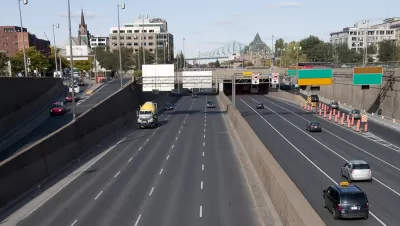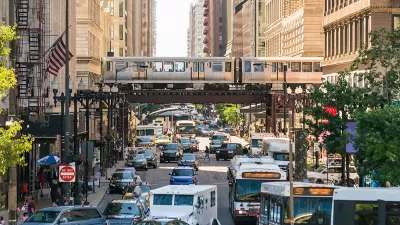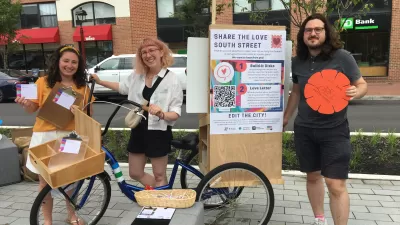If public transit suffers long-term consequences from the coronavirus, as many experts predict, telecommuting could be a key tool in reducing pollution and congestion, but it creates problems of its own and its effects aren't entirely clear.

A post by the Transportation Research Board gathers recent and historic studies on the effects of telecommuting for indications about how the post-COVID world might change if the shift toward working from home stick around for months, years, or indefinitely into the future. But telecommuting creates problems of its own, and research conducted to date, admittedly conducted in conditions short of the kind of wholesale changes inspired by the pandemic, hasn't shown telecommuting to be the kind of slam dunk many might hope it to be.
For instance, research from the 1990s made the case for telecommuting as "an ideal way to mitigate traffic congestion and improve air quality." But another study, completed 20 years later, "showed that regular teleworkers used time and money saved to either take trips they couldn’t during a normal work commute or move farther from the offices they were visiting less frequently."
Then there are the funding problems created when transportation revenues are tied to gas taxes. "Before much of the white-collar workforce began teleworking in mid-to-late March, the Congressional Budget Office had already estimated the Mass Transit Account of the Highway Trust Fund would be exhausted in 2021 and the Highway Account by 2022. States have been thinking outside the pump in terms of how their transportation revenue can be maintained."
FULL STORY: Telework transportation research in light of the COVID-19 pandemic

Study: Maui’s Plan to Convert Vacation Rentals to Long-Term Housing Could Cause Nearly $1 Billion Economic Loss
The plan would reduce visitor accommodation by 25,% resulting in 1,900 jobs lost.

North Texas Transit Leaders Tout Benefits of TOD for Growing Region
At a summit focused on transit-oriented development, policymakers discussed how North Texas’ expanded light rail system can serve as a tool for economic growth.

Using Old Oil and Gas Wells for Green Energy Storage
Penn State researchers have found that repurposing abandoned oil and gas wells for geothermal-assisted compressed-air energy storage can boost efficiency, reduce environmental risks, and support clean energy and job transitions.

Santa Barbara Could Build Housing on County Land
County supervisors moved forward a proposal to build workforce housing on two county-owned parcels.

San Mateo Formally Opposes Freeway Project
The city council will send a letter to Caltrans urging the agency to reconsider a plan to expand the 101 through the city of San Mateo.

A Bronx Community Fights to Have its Voice Heard
After organizing and giving input for decades, the community around the Kingsbridge Armory might actually see it redeveloped — and they want to continue to have a say in how it goes.
Urban Design for Planners 1: Software Tools
This six-course series explores essential urban design concepts using open source software and equips planners with the tools they need to participate fully in the urban design process.
Planning for Universal Design
Learn the tools for implementing Universal Design in planning regulations.
Ascent Environmental
Borough of Carlisle
Institute for Housing and Urban Development Studies (IHS)
City of Grandview
Harvard GSD Executive Education
Toledo-Lucas County Plan Commissions
Salt Lake City
NYU Wagner Graduate School of Public Service





























